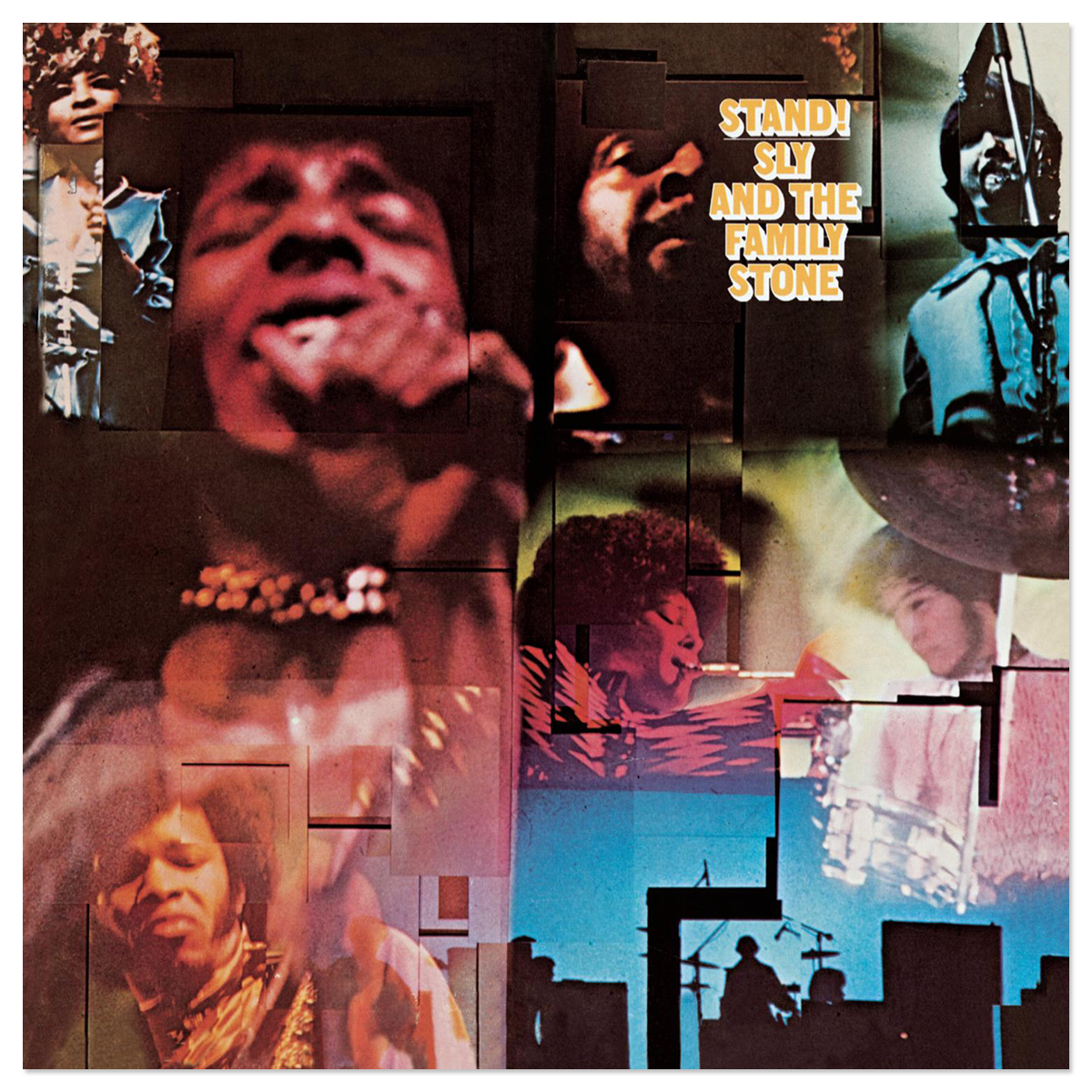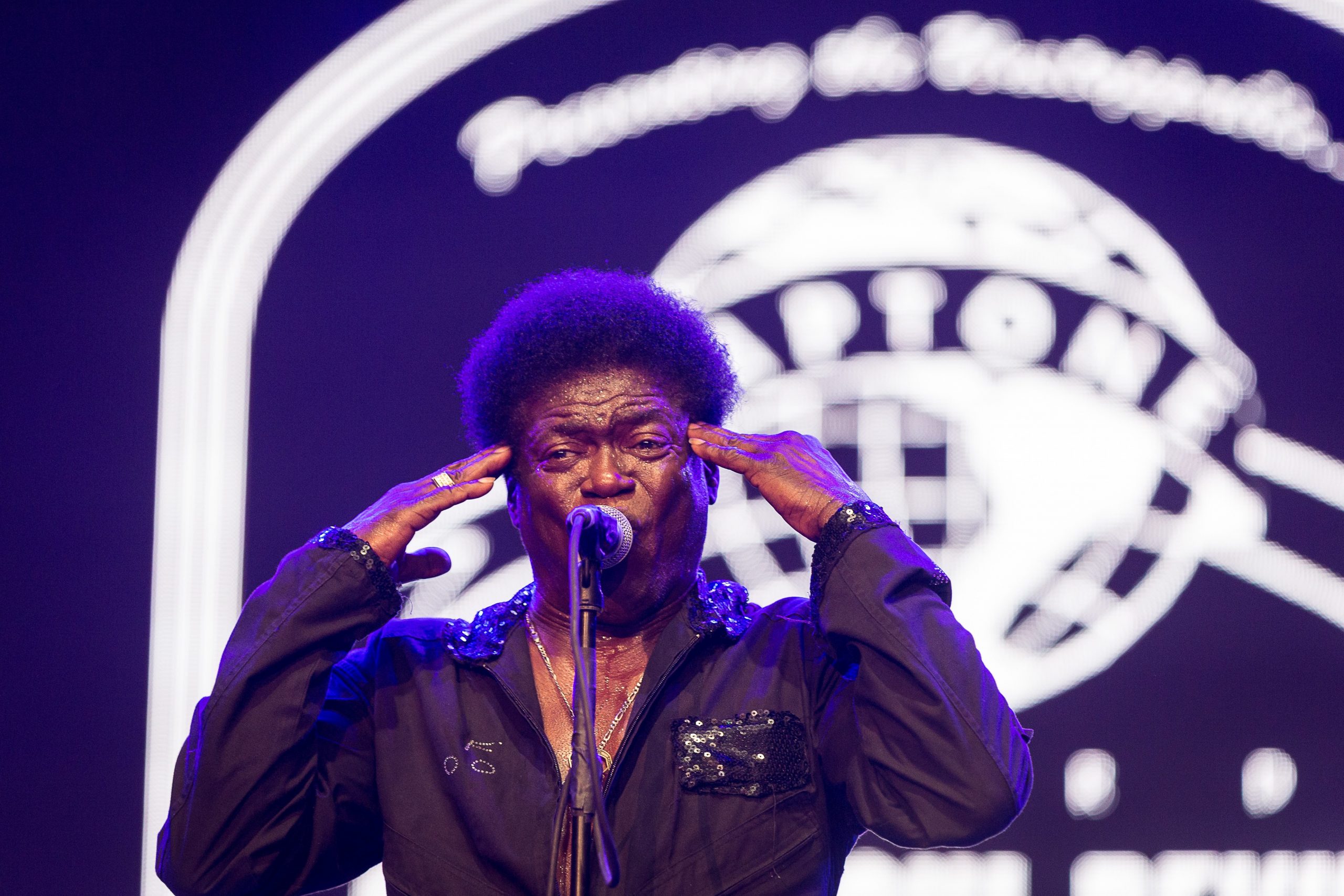When Steely Dan's guitarist/co-songwriter Walter Becker passed away last Sunday, most of the remembrances -- including the one from his cohort in sly yet yearning misanthropy, Donald Fagen -- made it a point to emphasize both his cynicism and his humor. The wrong balance of either can tilt into either condescending nihilism one way or smug affectlessness the other. But as acidic as the Dan could get, there was always some inner pull to them that spoke to the kind of frustrated idealism that outsider weirdos and the insecurely cool so often held just below the surface. It became more explicit the further the band charged into the dark heart of the '70s -- "Deacon Blues," from their '77 ultrahit Aja, was unmatched for its anxious-aging-hipster empathy for the 25 years between its release and the debut of "Losing My Edge" -- but if you ignore the country-pop feint of their non-starter debut single "Dallas" (which the band themselves tended to do), they tapped into that current right from the get-go with the first single to make them famous.
"Do It Again" became a top 10 hit in '73, a few months after it was released as a single, and it's one of those nominally rock songs that found its stylistic place over the next few years through the artists who found themselves in thrall to its musicianship and (with an exception or two) its songwriting. The original is a sleek, noodly thing that rides on a sense of sharp repetition; each line in each verse drills in that up-and-down "na na naaaaaaa, na na na NA na/na na na na nuh na na na nuh" in a way that makes hookiness sound like the kind of self-destructive compulsion that keeps the song's "you" going back to the bad ideas well. (The tackiness of self-quoting notwithstanding, "Kipling's 'If' turned into Sisyphus clusterfuck" just about says it.) Pair that with two of the most off-angled solos of any early '70s pop hit's LP version -- America and Three Dog Night sure as shit weren't doing anything as weird as that Denny Diaz electric sitar/woozy pitch-bent Fagen combo organ solo two-fer -- and you've got a song that can change character drastically with even the slightest tweaks. Here are some of the less-slight ones.
Herbie Mann (1973)
Back in 1995, Becker stated in an MSN chatroom interview that he had some level of affection or another for this cover, calling it "kind of slick... a beaut." Serial kidders that both Walt and Don were, it's easy to wonder how sincere Becker was being about this, and not just because the pop-crossover stylings of flautist Herbie Mann were regularly held in suspicion by the more trad-jazz diehards that one typically imagines the Dan coming of age being. The character of most songs gets notably altered when you take away the words, but it's always drastic in the case of Becker/Fagen, who were notorious for wedding sardonic lyrics to smooth music in the process of subverting the context of both elements. So when you strip away the hopeless recidivism -- the getting away with murder, the string of miserable relationships, the itch of futile gambling -- what "Do It Again" becomes is a cheerful bit of Latin soul-jazz where all those doomsaying words are translated into a flute that plays like the musical equivalent of shag carpet on bare soles. It's soft, but that line between a tickle and an itch is kind of off-putting. It also sounds like far more of a caricature of '70s kitsch than any fever dream a post-"Yacht Rock" viewing could possibly conjure up -- a treatment on Mann's Turtle Bay album that Sly & The Family Stone, the Allman Brothers, and Stevie Wonder couldn't escape, either.
Charles Mann (1973)
https://youtube.com/watch?v=hHUk01C8ioc
This, though -- whew. Few varieties of Big sound as life-affirmingly energizing as Philly soul, as typically channeled through the here-comes-the-calvary charge of a chest-rumbling 4/4 paired with all the horns and strings anyone could ever possibly want. Singer Charles Mann had a radar-blip of a solo career that almost entirely centered around his 1973 LP Say You Love Me Too and the singles it spun off -- one of which, his version of "Do It Again," was only released as a single in continental Europe and came a couple years too early for the 12" revolution. (Imagine Walter Gibbons or Tom Moulton getting ahold of this and the mind reels at what they could do extending this groove past its five and a half minutes.) The Dan's fidgety quasi-bossa becomes towering proto-disco not just adaptably but spectacularly, and even if the parties involved did so for ABC instead of Philadelphia International, some of the most crucial components of Gamble and Huff's go-to band/orchestra MFSB made it happen -- including a staggering percussive kick from conga player Larry Washington and ur-disco drummer Earl Young, along with a characteristic wall-of-elegance arrangement thanks in part to Vince Montana that sounds like the nuclear option in an arms race against the Love Unlimited Orchestra. Best of all is Mann's vocal, which gives the verses a bit of breathing room even as he hits the same emphatic notes, and the jaw-clenching "here we go again" resignation of the original is let out into a can you believe this shit? intensity.
Deep Heat (1976)
Charles Mann's version of "Do It Again" is far from the only R&B-adjacent take on the song, and even further away from being the most obscure one. Deep Heat is one of those bands that had more than one go-round in the rare groove reissue market, popping up on the first Funk Spectrum collection compiled by DJ Shadow and Scottish DJ/cratedigger supreme Keb Darge in 1999, and again a baker's dozen years later for a 7" box set put out by Numero Group. That latter issue helped shed at least a minor amount of light on who Deep Heat were -- a short-lived band who recorded a solitary single for C.W. Jones' Detroit-based Cu Wu label -- but given the popular sense of mystery inherent in a lot of these rare groove funk artists, most of what's worth knowing rests in the recording itself. And this one's a murky, odd thing, mixing a show band's chops and doo-wop-derived vocal harmonies with a low-fidelity haziness that takes the flute-centered arrangement (à la Herbie Mann or Eumir Deodato) into a murky wood-paneled basement rec room that will never not smell like weed and incense. All the lines save the chorus are stripped out here, though the singers find a wordless route through the verses anyways -- deceptively peppy, cut through with soaring falsettos, supper-club shine given after-hours atmosphere. And whoever the guitarist is, he was hellbent on living up to that Denny Diaz solo -- hopefully he knows how well he succeeded.
Waylon Jennings (1980)
If you, the circa-1980 entry-level Urban Cowboy-inspired entry-level country fan, decided to look into this Waylon Jennings fella and picked up his album Music Man for the appearance of his infectiously massive crossover hit theme to The Dukes Of Hazzard: Congratulations, and surprise! There's a Steely Dan cover! It's not that far-flung to think of "Do It Again" as possible country & western material -- that first verse alone, with all its "man who stole your water"/"they catch you at the border"/"the hangman isn't hangin'" imagery, feels even more Texas than Dallas did (albeit in a sort of Sergio Leone-ish sense). But it's still something of a head-twister to hear it, not the least because Waylon's velvet twang ramps up both the smoothness and the sorrow. If that smoothness comes at the expense of some of the song's bitter edge, so be it -- stylistically, Jennings was straddling the line between outlaw and countrypolitan on this one, not an easy one to ride, and in light of his then-recent struggles with cocaine addiction, he found his own ways and reasons for inhabiting this song.
Club House (1983)
In 1982, a group called Pink Project -- partially masterminded by Stefano Pulga, Italo producer and member of "Whoomp! (There It Is)" sample source Kano -- got the inspired idea to fuse Pink Floyd's "Another Brick In The Wall, Part 2" to the Alan Parsons Project's "Sirius" and "Mammagamma" for their single "Disco Project." It's not a huge aesthetic stretch; Parsons set off on his hovercraft shortly after he engineered The Dark Side of the Moon, after all. But deep in their aesthetic of baffling cosmic Space-Klan occultism lurked one of a few early visions of what would eventually be known as the mashup, inspired as it was by Pulga and guitarist Luciano Ninzatti mixing the originals together during a DJ set. And they weren't alone: a year after "Disco Project" charted high all over Europe, another Italo group called Club House put together this inspired blend of "Do It Again" and Michael's "Billie Jean" -- coincidentally(?) enough, around the same time Pink Project followed up "Disco Project" with "B-Project," which swapped out Steely Dan for Greg Kihn's "Jeopardy." This one fits a bit better through its incongruity, though -- maybe because the singer here has that Fagen-voice flatness down pat even through the accent, or maybe because it's a subtle and possibly unintentional meta-commentary on how stereo-selling studio-band rock found its way into the biggest blockbuster pop star album of its time (word to Jeff Porcaro). Granted, the song eventually forgets its "Do It Again" half, but that's life.
Falco (1988)
https://youtube.com/watch?v=BM4iatlMCPc
Every so often when I do these things I get a little psyched for figuring out which cover version I can find is the one that either makes the least sense or botches the song's intent the most broadly, and holy shit do I have a cast-iron point-misser here. Falco's success outside the Germanic regions was pretty much spent within a couple years after he synthed up Mozart for "Rock Me Amadeus," and by the time he put out Wiener Blut in 1988, the English-speaking, MTV-watching world was well on its way to a future in which they would not infrequently get him confused with Taco. I know this probably sounds cruel, but listen to what Falco did to this song and you tell me if I'm being mean: He interprets "there was a famous sitar solo on this song" as an excuse to drown the intro in Shankar-shaming cartoon-hippie bullshit, plays that otherworldly Wurlitzer riff on the most lifeless-sounding MIDI keyboard, and hammers the groove flat under the bootheel of a gated reverb drum trudge (with the counterrhythm provided by a muffled version of the laser battle scene from Moonraker). On top of that, whether or not Falco's groin-first singing delivers the words phonetically, he's definitely conveying the meaning phonetically. It comes across like he thinks the song's "you" is a brooding antihero badass instead of a poor schmuck addicted to losing.
Paul Hardcastle (1994)
As far as other Hitmakers of 1985 go, Paul Hardcastle's had a more successful albeit kind of stranger succession of moves since his Vietnam War-goes-electro classic "19" became a surprise crossover hit. By 1991, he'd found another niche to work in that his earlier career had only nominally pointed to: a long stretch of albums in the contempo pop-jazz vein, smooth stuff that occasionally approached the heights of the era's better acid jazz and New Jack Swing purveyors. It's some of the most '90s music ever recorded, and if there's anyone out there still making vaporwave, dude should be your David Axelrod/Roy Ayers-caliber sample goldmine. But when something that sounds extremely '90s gets its hands on something that was uniquely '70s, it's usually worth asking which flavor of cheese wins; even if the task of covering them's taken seriously the dated style clash comes off as irreverent whether it means to or not. That percussion in the opening sounds sampled direct from the source, but that margarine saxophone and Helen Rogers' tastefully soul-ish performance is what you get when you siphon out all the weirdness and coast on the pleasantness of familiarity. It might as well be an instrumental for all the weight the words have here.
Smash Mouth (2000)
https://youtube.com/watch?v=oYTJrecEf9Q
DISCLAIMER: pressing play on this clip may count as speaking ill of the dead. It is recommended to open this in an incognito window. Do not listen past the first verse unless you want to hear an actually great pair of songwriters mutilated in the ineptly rapping/fake patois-slurring voice from That Shrek Band. Maybe you still think Steely Dan didn't deserve to beat Kid A for a Grammy, but they had to get some compensation for this.






